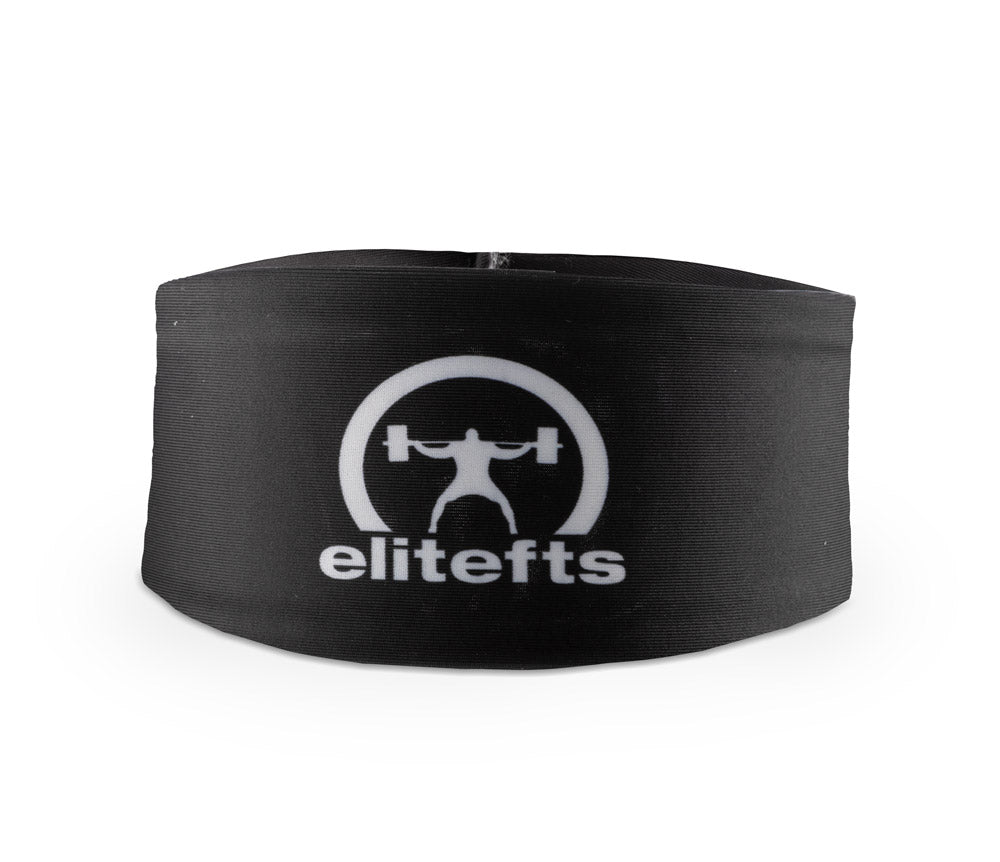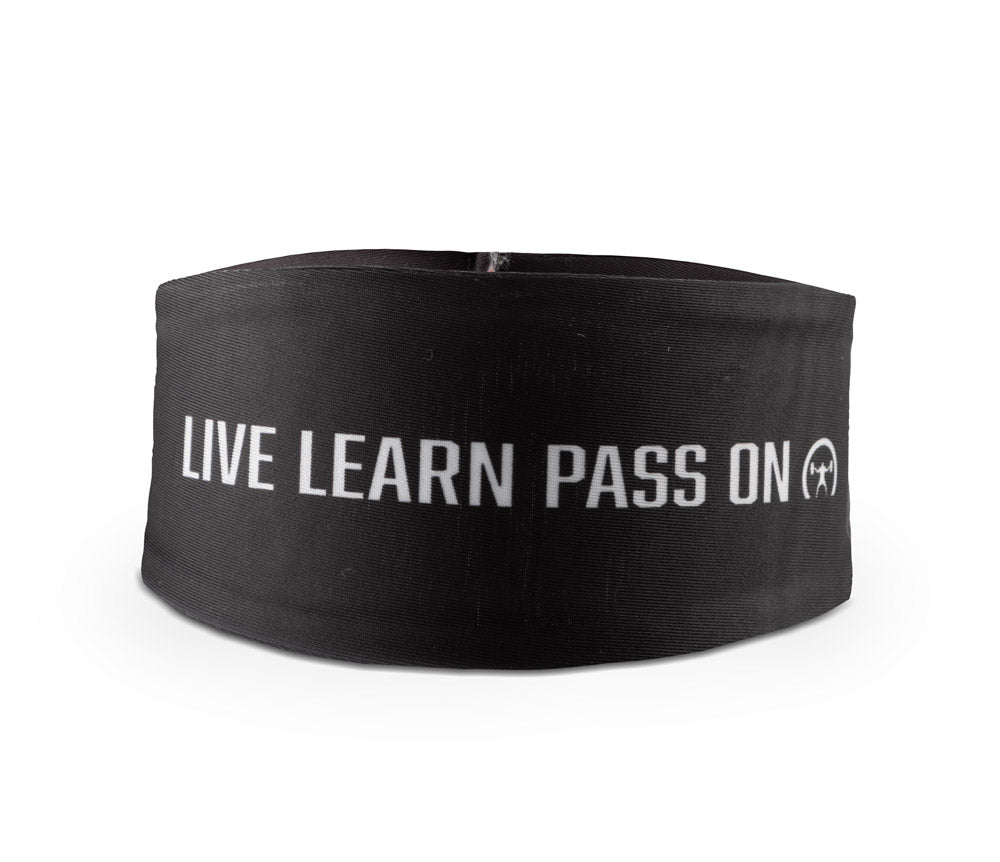This article applies to three different types of lifters. If you’ve never squatted in a
monolift, don’t train consistently in a monolift, or do squat in a monolift but don’t feel solid taking weights out of the monolift, keep reading. You might find some information that will help your every day squatting. If you don’t meet any of these criteria but want a chance to learn something, keep reading. For everyone else, go read Iron Brothers. I guarantee that Jim or Rhodes have something interesting there to read.
The best part of all of this is that you don’t necessarily have to have a
monolift to become accustomed to using one. Yes, you will still have to walk the weights out to actually squat them in your gym. However, come meet time, you’ll be able to set up like you have a monolift in your gym and train what for most lifters is the hardest part of the actual lift—getting the bar out of the rack. We’re going to cover everything here from your initial set-up to the sound of the arms banging the rack at their endpoint.
The first thing that you’re going to do when you get up to the bar is take your grip. Get your hands in enough so that you can pull your shoulder blades together and down hard. I can almost guarantee that it’s closer than where you are at now. If you’re having shoulder mobility issues with getting your hands in, try wrapping your pinky finger under the bar so that it’s on the same side as your thumb. It will feel awkward, but it will reduce a huge amount of stress on your shoulders and elbows. Having a solid, arched, upper back is imperative to getting weights out of the rack. You won’t be able to get heavy weights out with a soft upper back.
The second part of the set-up is your feet. Set them forward of your body, directly under the bar as you stand behind it. It’s much easier to set your feet prior to getting under the bar than get under and then set your feet, especially if you’re in your gear with your knee wraps on. In training, have one of your partners stand to the side of your rack and tell you when your ankles are directly under the bar. This will help you get the feeling for where you need to be. This sounds like it’s something non-essential, but at my last meet, I saw a Masters world record holder with 20 meets under his belt not do this properly, and he couldn’t get the bar out. He ended up bombing in the squat.
The third part of the process is probably the easiest—getting under the bar. All you have to do is duck your head under it. Some of you gear whores may need help. Have your handler push down on your shoulder/upper trap area as you go. After you come up under the bar and get the bar set on your back, make sure your handler has you centered up on the bar. This is vital to help prevent balance issues with maximal weights.
The fourth part of the process is mainly static, but it’s the most important part. This is also the step that will get the bar out of the rack. The first step is to arch your lower back and your upper back at the same time. What we tell new guys in our gym is to pull their shoulders back and try to touch their ass to their traps. This obviously won’t happen, but it gives you an idea of how hard you need to be arching your back. For guys who aren’t doing this now, it will cramp up and be painful, but it goes away as you get used to it. After your back is arched hard, pull your elbows down and get your hips under you. You will have to experiment with this part a bit. Some people like to keep their hips back some, and others like to have their hips directly under their shoulders. This part is completely based on personal preference and should be figured ahead of time in the gym. I like to keep my hips back some because I feel it helps with balance more.
After everything is tight and you’ve got your hips set and your head up, take in a belly full of air, push out hard on your belt, and spread the floor with your feet. If you have done this properly, the bar will be out of the rack and you will still have the tight arch in your back. This is vital. If you aren’t right here, your squat isn’t going to be pretty. I guarantee it. The first few times that you get it done right, it will feel like you’re going to cramp in your vastus lateralis and glutes. This is normal and goes away with practice. At many gyms, ours included, we call this “arching the bar out” of the rack. If you haven’t done it correctly, you have done what we call “quadding the bar up.”
Quadding the bar up is bad because of the starting position that it puts you in. It causes your hips to rotate forward, which destroys the arch in your lower back. This keeps you from pushing your hips back as far as possible to get depth and prevents your knees from moving forward over the toes. When this happens, the lifter usually tries to compensate by leaning forward to give the feeling of depth. At this point, if the lifter has achieved depth, his hips slide back to where they should have been in the first place when he goes to come up out of the hole. This wasted effort to get back in position takes away from firing out of the hole and will often result in a miss. This is what happens nearly 100 percent of the time unless your name is Goggins or Vlad.
If you watch this video of Sam Byrd, you will notice that he “arches the bar out” to unrack it versus “quadding the weight up.” I can’t find a good side video for this, but watch his hips and groin in this video. They move forward and up as he comes out of the rack, but the angle of the hips doesn’t change because his back is arched tight, and he is pushing out on the sides of his feet to get the bar out of the rack. (Arching the bar out)
On the other hand, in this video, you can see Mike’s hips rotate forward as he quads the weight out of the rack, which destroys the arch in his back. He loses the weight forward out of the bottom. Also, watch his hip position in the hole. His hips come forward during the descent, and his first movement to get out of the hole is shifting his whole body back into proper position. If you watch closely, the bar level actually drops as his hips slide back into position. This is usually how guys in this situation miss. (
Quadding the weight up)
Hopefully, this gives you a good idea on how to get set-up and unrack the bar when using a
monolift. In Part 2, I’ll cover some things that you can do in your gym to help you get used to squatting without having a monolift and some exercises that make it easier to get the bar out of the rack.

















































































